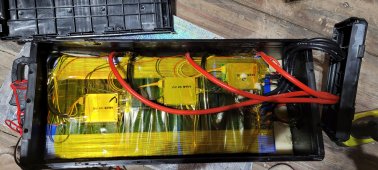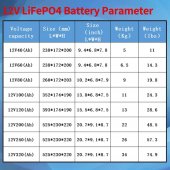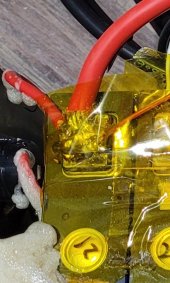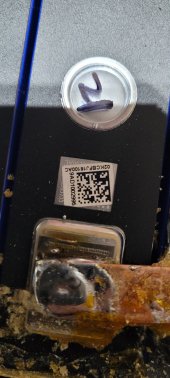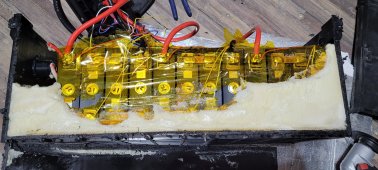itsmattmp
New Member
I've been using a 320 AH Scream Power LIFEPO4 battery for a few months now. Been fine until this past week. For some reason my chargers will quickly charge it up to 14.4-14.5 volts but the the chargers shut off and the battery voltage quickly falls to 13.1-13.2 volts. Is this normal, or should my battery maintain at least 14v at full charge?
I'm using two 60A Renogy charge controllers, and one 100A EPEVER charge controller to charge with solar, and an Inteli-Power PD9160AL to charge with a generator.
Using a Victron Multiplus 12/3000 inverter. It's been able to run our RV AC just fine in the past, but today it started shutting off from low voltage even though voltage should have been full. Voltage would sag from 13.0-13.5 volts to 12.0 volts during a short time running the AC, and then would jump back up to 13 something volts after shutting off.
I'm afraid my battery is failing. Scream Power advertises 1 C rates - that's why I went with their battery. But maybe it can't handle it?
I'm using two 60A Renogy charge controllers, and one 100A EPEVER charge controller to charge with solar, and an Inteli-Power PD9160AL to charge with a generator.
Using a Victron Multiplus 12/3000 inverter. It's been able to run our RV AC just fine in the past, but today it started shutting off from low voltage even though voltage should have been full. Voltage would sag from 13.0-13.5 volts to 12.0 volts during a short time running the AC, and then would jump back up to 13 something volts after shutting off.
I'm afraid my battery is failing. Scream Power advertises 1 C rates - that's why I went with their battery. But maybe it can't handle it?



